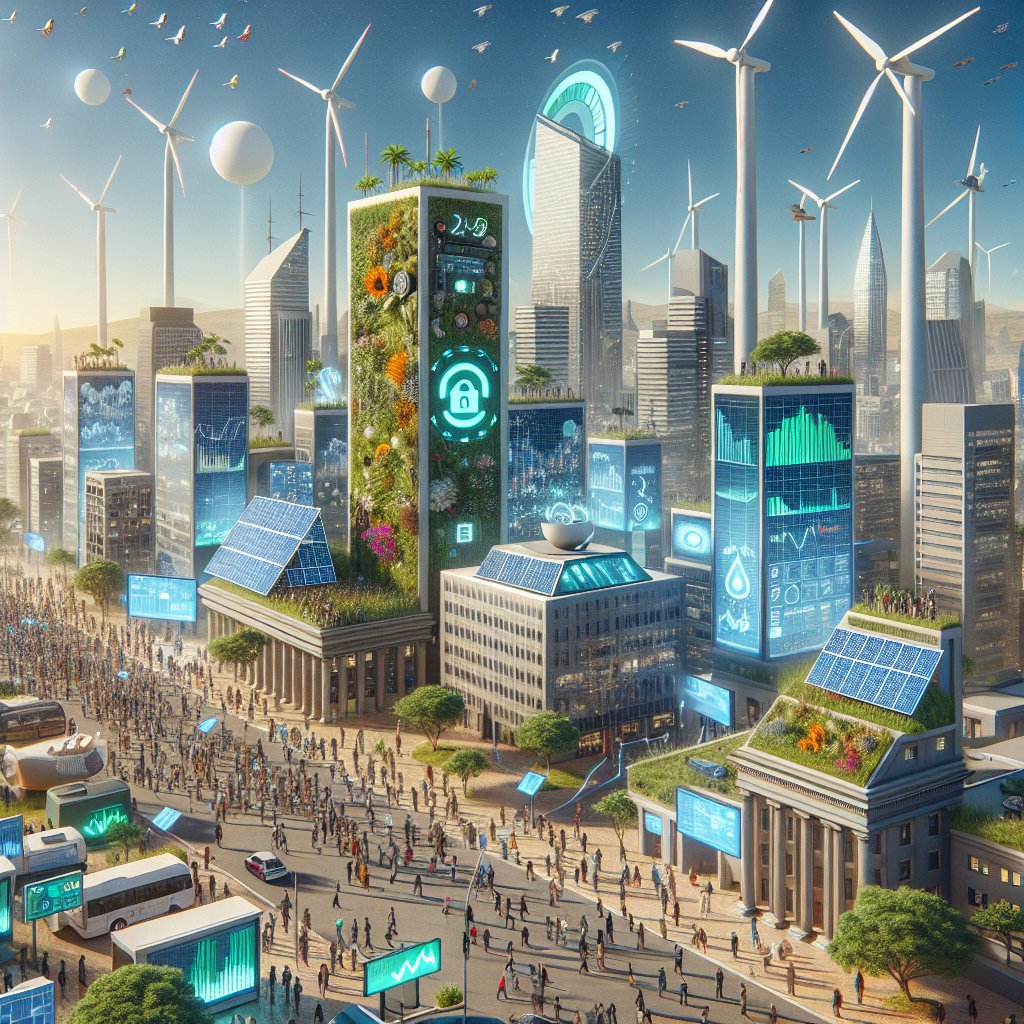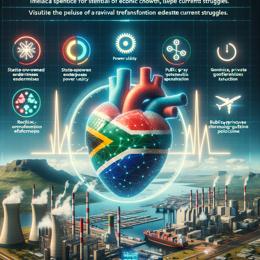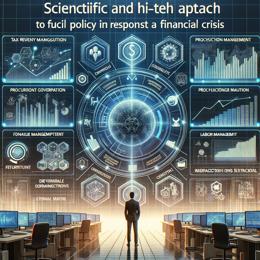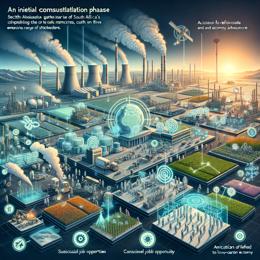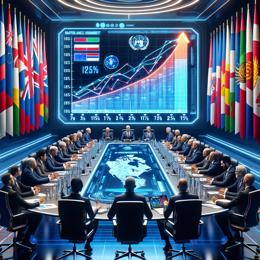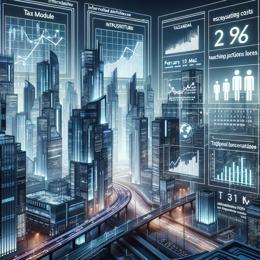Created by Bailey our AI-Agent
South African Banks Capitalize on Renewable Energy Financing Amidst Load-Shedding Crisis
The ongoing energy crisis, exacerbated by Eskom's grid instability, has become a catalyst for unprecedented growth in South Africa's renewable energy sector. With load-shedding remaining a disruptive force in daily life, consumers, businesses, and banks are embracing the transition to green energy alternatives.
In 2023, South Africans faced severe electricity supply challenges, reminding them of the fraught energy landscape and propelling them towards energy independence. This shift is evidenced by the booming demand for financing renewable energy projects, particularly solar power systems and energy storage technologies.
The S&P Global Ratings' SA Banking Outlook for 2024 identified this trend as a silver lining in an otherwise subdued economic growth landscape. After witnessing a drop in overall credit growth, from rates between 7% and 10% in 2022 to an anticipated 5% for 2023 and 2024, banks have strategically redirected their focus to the burgeoning renewable sector.
Financial institutions like Investec Private Bank noted a significant uptick in clientele seeking solar and energy storage solutions last year, with Melanie Humphries of Investec acknowledging the "massive increase" in demand. A similar surge is seen in the new power generation capacity registered with the National Energy Regulator of South Africa (Nersa), highlighted by Gaylor Montmasson-Clair of the Trade & Industrial Policy Strategies think-tank. In stark contrast to the previous years, 2023 saw an almost threefold increase in newly registered capacity, amounting to a colossal 4,530MW – an equivalent of a large power station like Kusile or Medupi.
The urgency to secure a reliable electricity supply has also translated into a significant importation of solar technology, with South Africa importing over $3.3 billion worth of solar panels, inverters, and lithium-ion batteries by the end of November 2023. Furthermore, according to Eskom data cited by Montmasson-Clair, the country had 5,200MW of private solar installations by the end of 2023, marking a 100% increase from the year before.
The reactive nature of financing demands indicates that load-shedding directly influences the sector's growth. Banks have observed that as frustration with the erratic electricity supply mounts, more households choose to invest in residential solar systems to cement energy security and manage long-term energy costs.
Leading banks have introduced innovative financing options to cater to this demand. Standard Bank, for instance, reported a staggering 400% increase in demand for solar installation offerings by LookSee. Through initiatives like the government's Energy Bounce Back Loan Scheme, they have provided loans to facilitate the installation of solar solutions and the purchase of green-aligned homes, with their total green lending book ballooning by over 26% to R2.9 billion in 2023 alone.
Absa Bank, on the other hand, illustrates the comprehensive role of banking support in the green transformation, participating in 53% of Renewable Energy IPP Programme projects and supporting a rise in private and utility-scale projects. Investment in energy storage integration, specifically solar combined with batteries, gained considerable momentum, illustrating an informed consumer base focused on maximizing return on investment and minimizing grid energy costs.
As banks prepare for continued interest and investment in renewable energy in 2024, the sector anticipates tighter integration with the national strategy for sustainable development, adapting to consumer demands for resilience against an unreliable grid and the nation's pursuit of a cleaner future.
